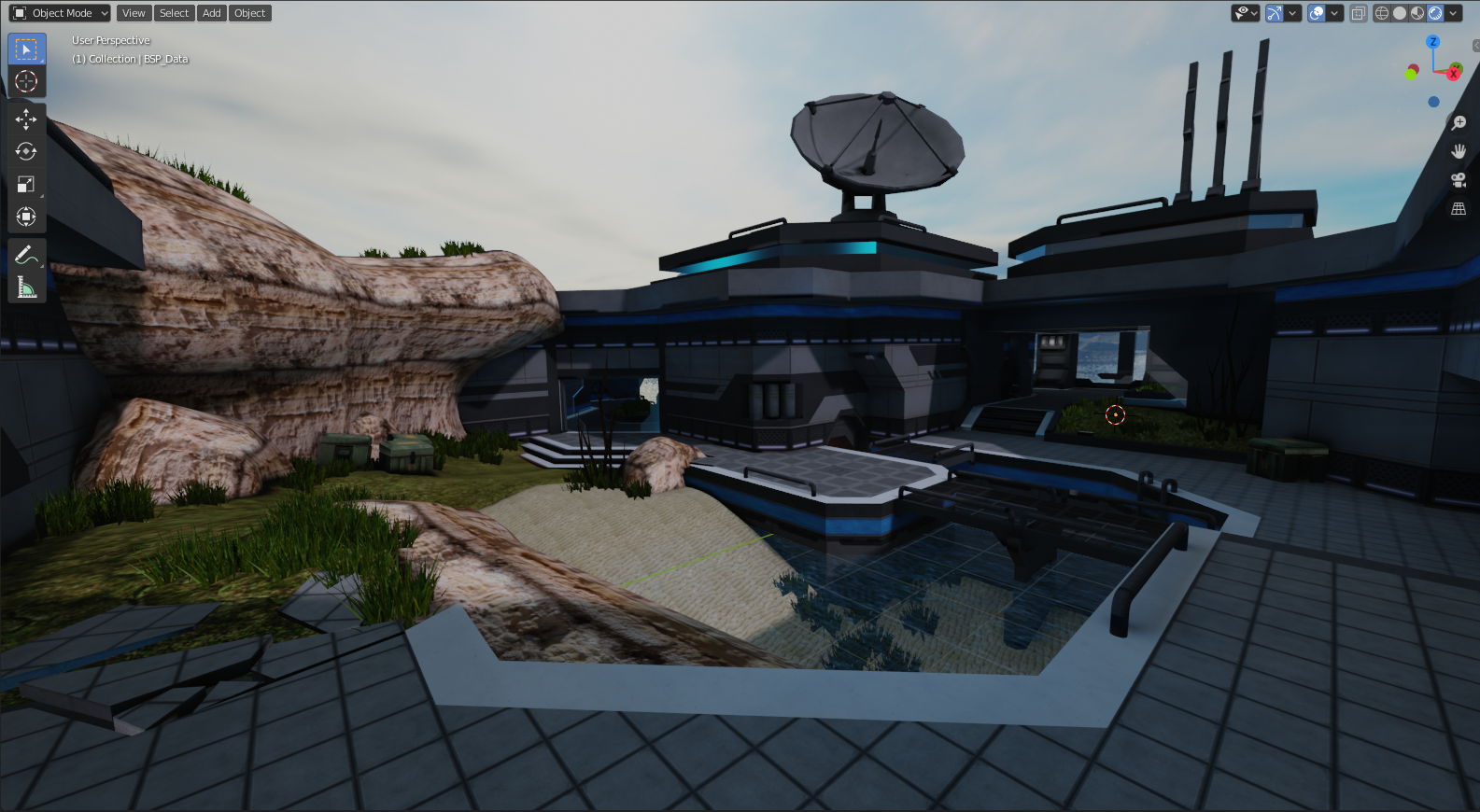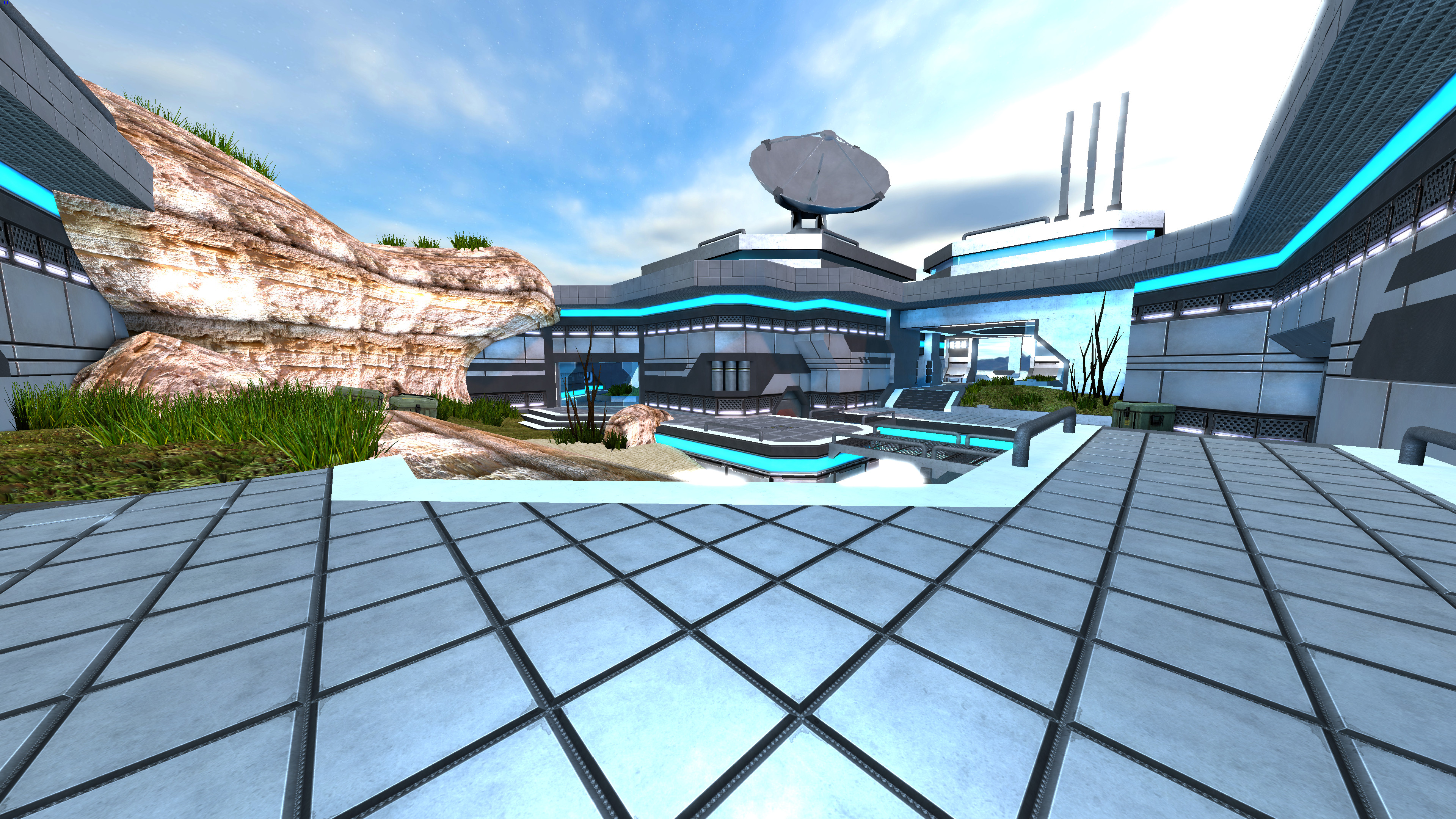About the engine, the internal representation in glsl shaders can be switched to the OpenGL representation or any format we want from now. The issue is about the default format expected from a material described in a file stored as scripts/<somename>.shader and described using the syntax we use.
Maps from games using another way to describe materials, another material file naming scheme or another material file syntax would allow us to import their normal map the expected way whatever the internal format we choose and the format the use.
This distinction is very important, because it means we can have an engine having an OpenGL-like internal normal representation, even if we expect our scripts/<somename>.shader written with our syntax to describe DirectX-like normal maps.
For other material .shader-like formats, it does not prevent us to load normal maps described in hypothetical materials/<somename>.mtr the DirectX way and normal maps described in hypothetical <somepath>/<somename>.gltf file the OpenGL way.
DarkPlaces does not use .shader files to describe normal maps. This engine uses suffixes. So we are free to use any format we want internally, we would be able to read DarkPlaces's files the expected way. The big issue would come if one day we want to add support for assets from another engine which uses the same technique an relies on the same suffix but expects another format.
The biggest issue I see is that other idTech 3 engines may use DirectX normal map format by default and they may use the same syntax we use… If that's true, it would be sad but we may have to accept they chose for us.
I'm doing some investigations.
Also, we have to consider the normal format conversion to be free. The GLSL code computes a normal scale even if there is no scaling applied (scaling factor of 1) because in GPU world, an if just discards the result of an operation but does it anytime, so we even don't write the if and multiply by 1 instead. The alternative would be to compile a variant of every shader for any representation, something we don't want. So, we have to assume a normal format transformation is free.



This is a thread to decide whether we should keep the default interpretation of normalmaps the way it is now (so-called DirectX style), or switch to OpenGL style, which interprets the y-axis (green channel) as pointing the opposite direction. Note that the direction chosen doesn't really have any relation to the rendering library you use - it's up to the GPU shader code to decide how to interpret things.
Advantages of switching to OpenGL direction:
Advantages of staying on DirectX: